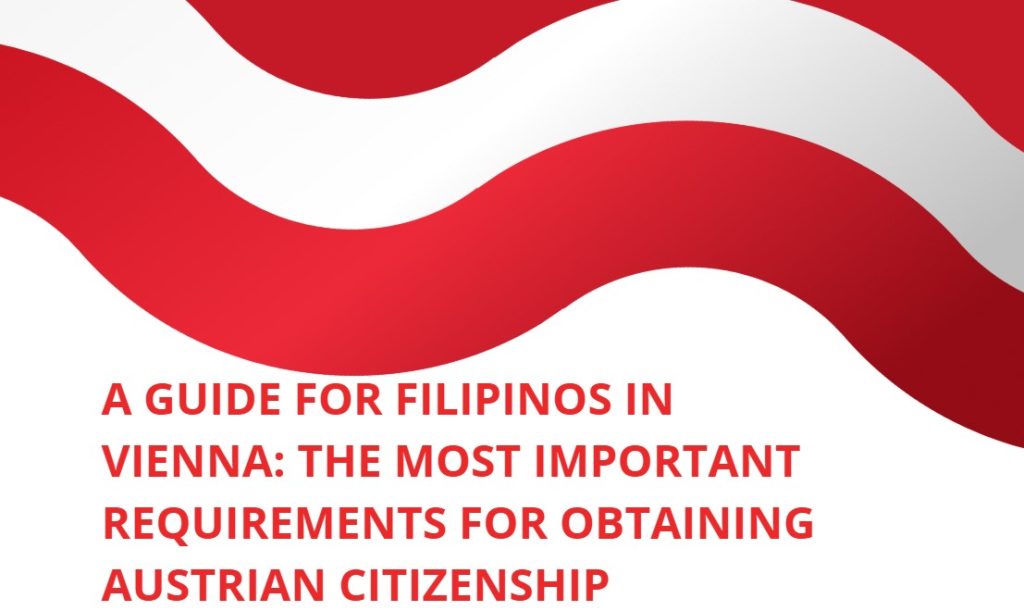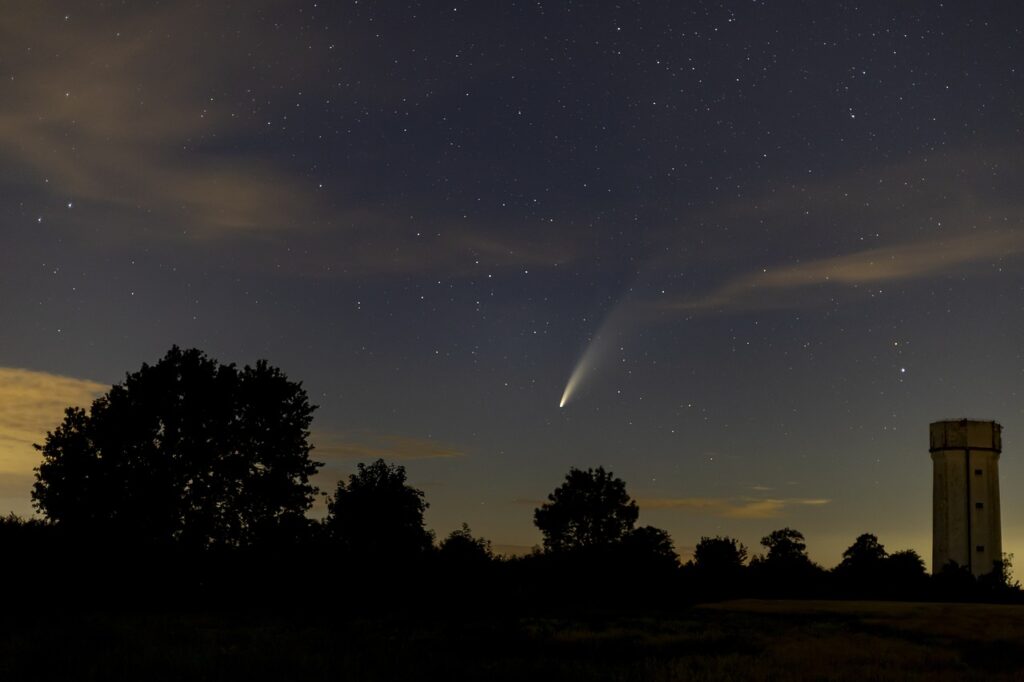Anyone who has looked at the pumps recently will have noticed that fuel prices, whether diesel or gasoline, are suddenly below the magic €1.50 mark. At least at domestic filling stations, this year is coming to a conciliatory end from an inflation perspective. “While overall prices have risen by around eight percent this year, the prices for Eurosuper and diesel are almost nine percent lower on average this year than in the previous year,” calculates the VCÖ. What has remained the same: Eurosuper was again cheaper to fill up with than diesel in 2023.
“On average, a liter of diesel costs 1.66 euros this year, 16 cents less than in 2022. The price for a liter of Eurosuper was slightly lower than that of diesel at an average of 1.58 euros and was 15 cents below the average of the previous year,” says VCÖ expert Lina Mosshammer. The big exception is filling up at highway filling stations, where the prices jump higher, and you must dig deeper into your pockets.
Fuel tourism’s decline
In an EU comparison, however, filling up in Austria is cheap. In Germany, fuel prices are around 1.70 euros, in Italy and France around 1.80 euros. It doesn’t pay to go to our neighbors to fill up, even in the east and south.
Price example: save 280 euros
If the car industry had implemented the 3-liter car announced as the standard around 30 years ago, households would only have half the fuel costs, Mosshammer says, holding the industry accountable. “This makes lower CO₂ limits for new cars all the more important so that manufacturers bring more fuel-efficient models onto the market,” emphasized the VCÖ representative.
Mosshammer gives an example: “With an average consumption of 6.4 liters of diesel, the fuel costs per kilometer are 10.6 cents; those who only consume an average of 5 liters per 100 kilometers reduce the costs to 8.3 cents per liter, which brings a saving of 280 euros with an average annual mileage of 12,200 kilometers.”
- source: kleinezeitung.at/picture: pixabay.com
This post has already been read 4405 times!



